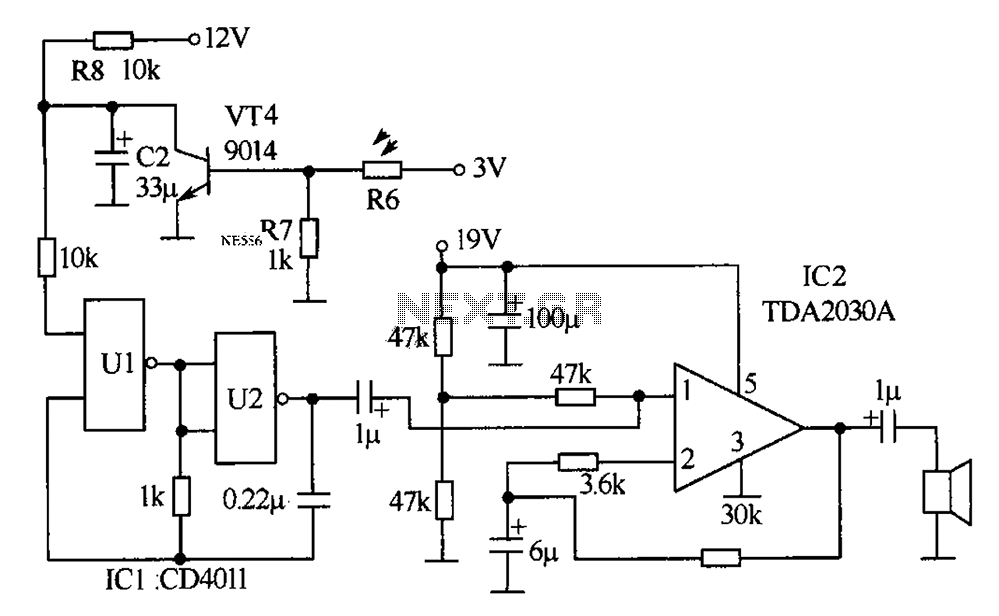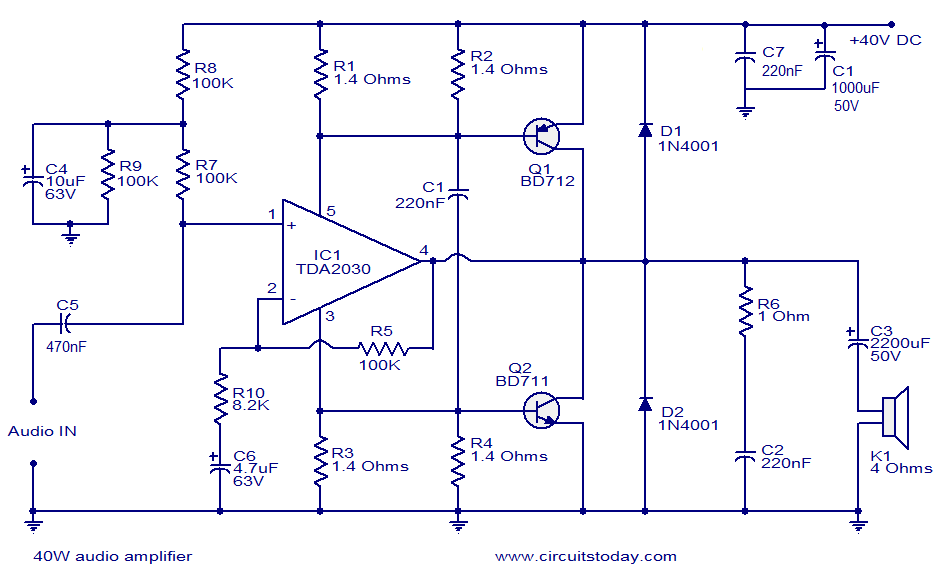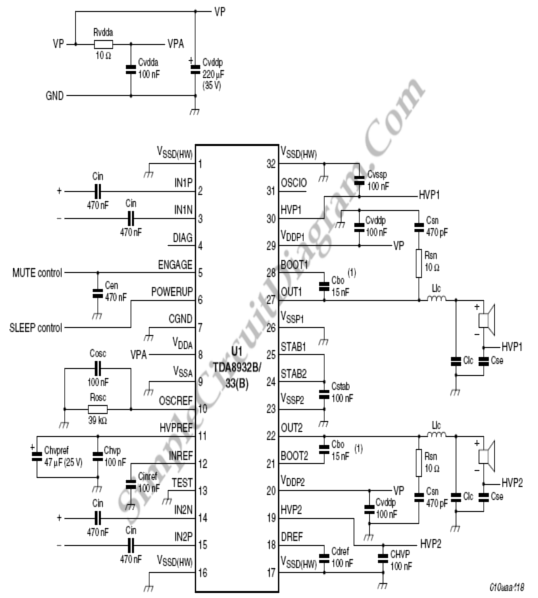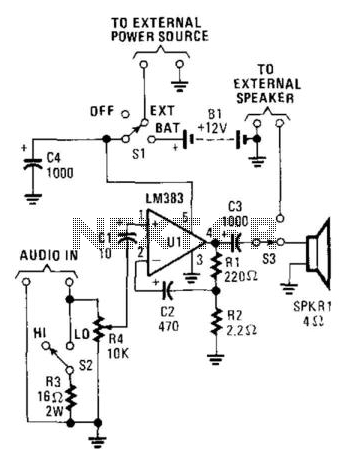
Audio Monitoring System

The system's block diagram illustrates the essential components for broadcast monitoring during a specified period. Key programs can be displayed based on the presence or absence of audio, utilizing a selected demodulator. An audio amplifier is integrated to provide a user-friendly interface for monitoring and listening, ensuring timely detection of faults and maintaining audio quality. The system is designed to monitor non-critical programs with automatic channel switching capabilities (or frequency adjustments) through the demodulator, audio processing, and LED indicators for audio alerts. A single-chip programmable device facilitates programming and automatic control of the demodulator (for digital radio or television), enabling channel changes approximately every 10 seconds. Monitoring is supported by both visual displays and corresponding audio feedback, which helps assess audio quality. Additionally, audio and alarm indicators significantly aid in determining the presence or absence of audio signals.
The schematic of this broadcast monitoring system comprises several interconnected components that work together to achieve efficient audio monitoring and fault detection. The demodulator serves as the primary interface for receiving broadcast signals, which can be either digital radio or television. This device converts the modulated signals into a format suitable for audio processing.
The audio amplifier is connected to the demodulator's output, enhancing the signal strength to ensure clear audio playback. The amplifier's output is routed to both a speaker and an LED indicator system. The LEDs provide visual alerts corresponding to audio presence, assisting operators in quickly identifying audio issues.
The programmable device acts as the system's control unit, managing the automatic switching of channels or frequencies every 10 seconds. This function is crucial for monitoring non-critical programs, as it allows the system to scan through various broadcasts and identify any faults or quality issues. The device is programmed with specific parameters to determine when to switch channels, based on audio quality metrics.
A feedback loop is established between the audio output and the monitoring interface, which includes both visual and audio indicators. This loop enables real-time assessment of audio quality, allowing for immediate detection of faults. The audio alarm indicators are particularly useful, as they provide audible notifications when audio signals are absent or degrade below a predefined quality threshold.
In summary, the described system integrates multiple components to facilitate comprehensive broadcast monitoring. The combination of a demodulator, audio amplifier, programmable control unit, and monitoring indicators creates a robust framework for ensuring audio quality and timely fault detection in broadcast environments. As shown in Figure Block Diagram for the system. Important Important programs for broadcast monitoring period, using the selected demodulator, can be displayed by the presence or absence of audio, audio amplifier friendly interface to monitor and listen in order to ensure timely and accurate detect faults and ensure the quality of audio ; to monitor non-critical programs, automatic switching channels (or frequency) demodulator + audio + LED monitor monitor audio alerts. By a single chip programmable device, programming. Automatic control demodulator (digital radio or television) to automatically change the channel about every 10s.
According to monitoring by both the screen display and corresponding sound judgment set aside quality, it can also be audio and audio alarm indicator largely determine the presence or absence of audio.
The schematic of this broadcast monitoring system comprises several interconnected components that work together to achieve efficient audio monitoring and fault detection. The demodulator serves as the primary interface for receiving broadcast signals, which can be either digital radio or television. This device converts the modulated signals into a format suitable for audio processing.
The audio amplifier is connected to the demodulator's output, enhancing the signal strength to ensure clear audio playback. The amplifier's output is routed to both a speaker and an LED indicator system. The LEDs provide visual alerts corresponding to audio presence, assisting operators in quickly identifying audio issues.
The programmable device acts as the system's control unit, managing the automatic switching of channels or frequencies every 10 seconds. This function is crucial for monitoring non-critical programs, as it allows the system to scan through various broadcasts and identify any faults or quality issues. The device is programmed with specific parameters to determine when to switch channels, based on audio quality metrics.
A feedback loop is established between the audio output and the monitoring interface, which includes both visual and audio indicators. This loop enables real-time assessment of audio quality, allowing for immediate detection of faults. The audio alarm indicators are particularly useful, as they provide audible notifications when audio signals are absent or degrade below a predefined quality threshold.
In summary, the described system integrates multiple components to facilitate comprehensive broadcast monitoring. The combination of a demodulator, audio amplifier, programmable control unit, and monitoring indicators creates a robust framework for ensuring audio quality and timely fault detection in broadcast environments. As shown in Figure Block Diagram for the system. Important Important programs for broadcast monitoring period, using the selected demodulator, can be displayed by the presence or absence of audio, audio amplifier friendly interface to monitor and listen in order to ensure timely and accurate detect faults and ensure the quality of audio ; to monitor non-critical programs, automatic switching channels (or frequency) demodulator + audio + LED monitor monitor audio alerts. By a single chip programmable device, programming. Automatic control demodulator (digital radio or television) to automatically change the channel about every 10s.
According to monitoring by both the screen display and corresponding sound judgment set aside quality, it can also be audio and audio alarm indicator largely determine the presence or absence of audio.





